38 daily values on food labels
What Does "% Daily Value" Mean on a Food or Supplement Label? Generally, the Daily Values chosen for nutrient labels are based on a 2,000-calorie diet for healthy adults — except for when they aren't. Sometimes — particularly when it comes to critical nutrients — they reflect the needs of a population sub-group that requires more. For example, the RDA for iron is 8 mg for men and 18 mg for women. FDA Rounding Rules for Your Food Label - LabelCalc A Guide to Using FDA Rounding Rules for Your Food Label. Online nutrition analysis software makes easy work of the FDA's complex rounding rules. Image source: Unsplash user Volkan Olmez. ... "less than 2% of the Daily Value for X nutrient." Use an asterisk to denote this underneath and place the statement in the footnote section of the ...
Nutrition Labelling - Table of Daily Values - Canada.ca Food intended for children one year of age or older but less than four years of age or for children four years of age or older and adults. 1. Fat. 44 g. 75 g. 2. Sum of saturated fatty acids and trans fatty acids. 10 g. 20 g.
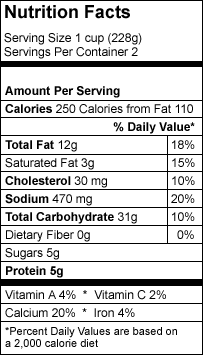
Daily values on food labels
Daily values - nutritionvalue.org Daily values. Daily values are based on a 2000 calorie a day diet. Recommended daily intake of essential aminoacids is provided for 180 lbs person. Actual daily nutrient requirements might be different based on your age, gender, level of physical activity, medical history and other factors. Your Guide to the New Food Label | National Kidney Foundation Food labels have percent daily values listed for a set group of nutrients based on the Food and Drug Administration (FDA) recommended 2000 calorie diet. You may need more or fewer calories, so check with your kidney dietitian. Using the daily percent values and ingredients listed, you'll be able to choose foods within your special diet needs. ... Percent daily value - Canada.ca dividing the amount of a nutrient in a serving size by its daily value, then multiplying that number by 100 For example, a food product has 3 mg of iron. The daily value for iron is 14 mg. This means that the % DV for iron would be 21%. If you would like to do your own calculation, use the equation below to help you. (3 mg ÷ 14 mg) × 100 = 21% DV
Daily values on food labels. How to Understand and Use the Nutrition Facts Label | FDA - U.S. Food ... The Daily Values are reference amounts (expressed in grams, milligrams, or micrograms) of nutrients to consume or not to exceed each day. The %DV shows how much a nutrient in a serving of a food... How To Read Food and Beverage Labels - National Institute on Aging The percent Daily Value (% DV) tells how much a nutrient in a serving of the food or beverage contributes to a total daily 2,000-calorie diet. Although the average person needs 2,000 calories a day to maintain their weight, individuals may need more or fewer depending on their lifestyle. Food Labels | CDC - Centers for Disease Control and Prevention In general, eat more foods that are higher in vitamins, minerals (such as calcium and iron), and fiber. Eat fewer foods that are higher in added sugars, saturated fat, and sodium (salt), and avoid trans fat. Keep in mind that the % Daily Value of each nutrient, such as total fat of 10% in the example below, is based on eating 2,000 calories a day. How to Calculate % of Daily Value on Food Labels | livestrong Percent of daily value is included for many nutrients but not all. Video of the Day Step 1 Find the nutrient amount on the food label. Step 2 Look up the total daily recommended amount in the USDA Dietary Guidelines. Step 3 Divide the nutrient amount by the total daily recommended value. Step 4 Multiply by 100. Things You'll Need
Food Label FAQ: Using the Nutrition Facts Panel - WebMD This shows you the percentage of nutrients in the food, based on getting 2,000 calories a day and the daily requirement for it. To make the best choices: Choose foods with 5% to 10% Daily Value or ... Daily values The RDI is used to determine the Daily Value (DV) of foods, which is printed on nutrition facts labels (as % DV) in the United States and Canada, and is regulated by the Food and Drug Administration (FDA) and by Health Canada respectively. The labels "high", "rich in", or "excellent source of" may be used for a food if it contains 20% or more ... Understanding Food Labels in Canada - Unlock Food Oct 15, 2019 — The percent daily value (% DV) shows you if a food has a little or a lot of a nutrient. ... The % DV is meant to act as a benchmark to determine ... Percent Daily Value: What does it mean? - Drugs.com Percent Daily Value (DV) on the Nutrition Facts label is a guide to the nutrients in one serving of food. For example, if the label lists 15% for calcium, it means that one serving provides 15% of the calcium you need each day. DV s are based on a 2,000-calorie diet for healthy adults. Even if your diet is higher or lower in calories, you can ...
Information within the Nutrition Facts table Daily Intake Jan 22, 2021 — The Daily Value (DV) is the reference point upon which the % Daily Value is based. The Daily Values are also used to set criteria for the ... Chapter 2 Flashcards | Quizlet Which of the following statements is true of the Daily Values? a.The Daily Values are levels that provide the toxicity range for most nutrients. b.The Daily Values are U.S. standards used on food labels. c.The Daily Values are specific for age or gender. d.The Daily Values are a better way of determining the nutrient goals of individuals. The Lows and Highs of Percent Daily Value on the Label The percent Daily Value (%DV) shows how much a nutrient in a serving of food contributes to a total daily diet. The %DV can help you determine if a serving of food is high or low in a nutrient. The... Daily Value on the New Nutrition and Supplement Facts Labels New Daily Values (1) Indicates a unit of measure change. The unit of measure is how a vitamin or mineral is measured, so the %DV may look different. (2) The Daily Value decrease for folate/folic...
Daily Values (DVs) - National Institutes of Health DVs were developed by the U.S. Food and Drug Administration (FDA) to help consumers determine the level of various nutrients in a standard serving of food in relation to their approximate requirement for it. The label actually provides the %DV so that you can see how much (what percentage) a serving of the product contributes to reaching the DV.
The Basics of the Nutrition Facts Label Mar 4, 2022 — Use the percent Daily Values (DV) to help evaluate how a particular food fits into your daily meal plan. Percent DV are for the entire day, not ...
The Value of Daily Values - Real Food Blends Daily Reference Values (DRVs): these are established for fat, saturated fat, cholesterol, carbohydrates, protein, dietary fiber, sodium, and potassium RDIs typically represent the recommended nutrients of the group with the highest need. For example, the RDI for vitamin D is 20 mcg, which is the RDA for adults over the age of 70.
Daily Value: Definition and How to Calculate It - Insider Found on the nutrition label, the daily value system tells you can help you determine if a product is high or low in particular nutrients. What does daily value mean? Daily value (DV) refers to how much of a nutrient you should consume each day based on a 2,000 calorie diet. You can find daily values for a range of nutrients on the FDA's website.
What's New with the Nutrition Facts Label | FDA - U.S. Food and Drug ... Daily Values for nutrients have been updated, which may make the percent Daily Value higher or lower on the new Nutrition Facts label. As a general guide: 5% DV or less of a nutrient per serving ...
Percent daily value - Canada.ca dividing the amount of a nutrient in a serving size by its daily value, then multiplying that number by 100 For example, a food product has 3 mg of iron. The daily value for iron is 14 mg. This means that the % DV for iron would be 21%. If you would like to do your own calculation, use the equation below to help you. (3 mg ÷ 14 mg) × 100 = 21% DV
Your Guide to the New Food Label | National Kidney Foundation Food labels have percent daily values listed for a set group of nutrients based on the Food and Drug Administration (FDA) recommended 2000 calorie diet. You may need more or fewer calories, so check with your kidney dietitian. Using the daily percent values and ingredients listed, you'll be able to choose foods within your special diet needs. ...
Daily values - nutritionvalue.org Daily values. Daily values are based on a 2000 calorie a day diet. Recommended daily intake of essential aminoacids is provided for 180 lbs person. Actual daily nutrient requirements might be different based on your age, gender, level of physical activity, medical history and other factors.







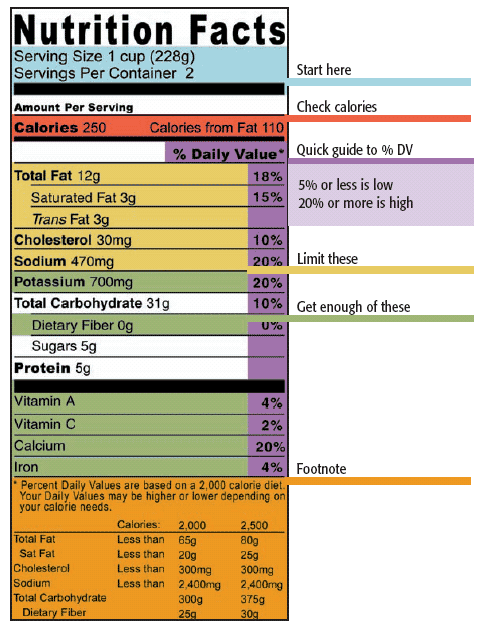
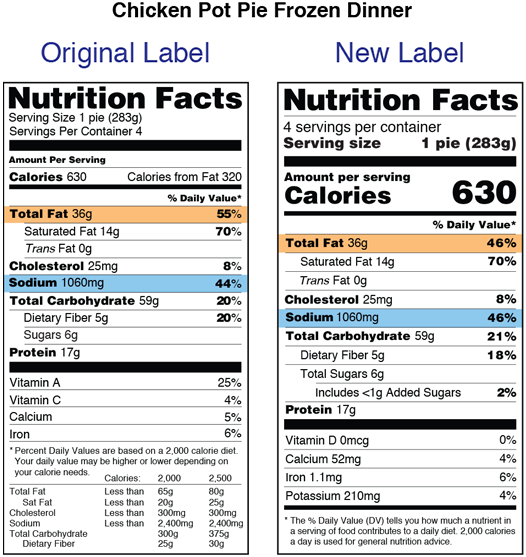

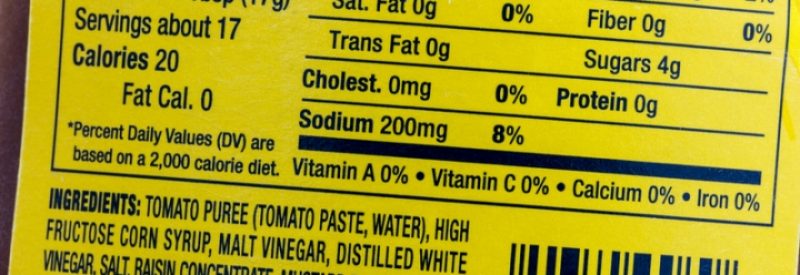


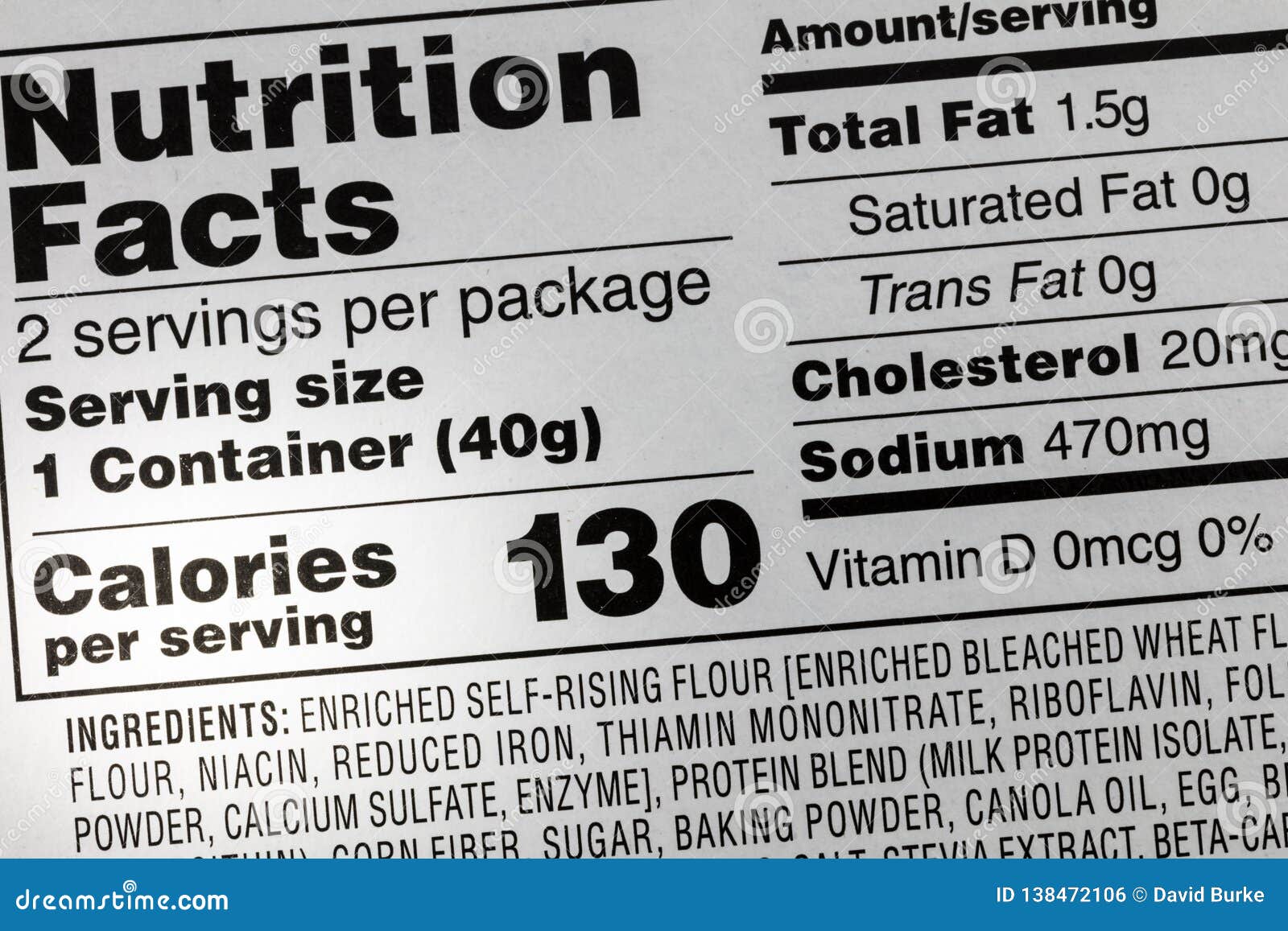

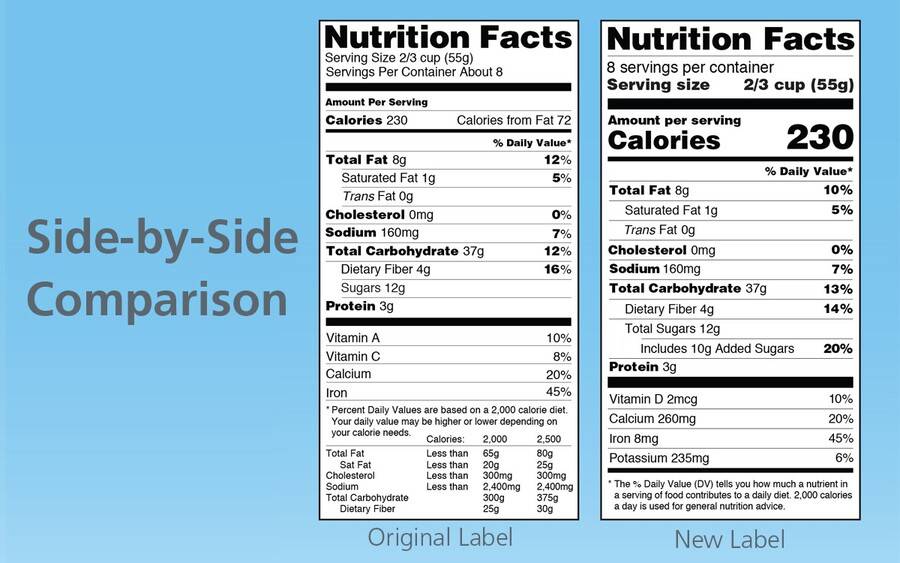
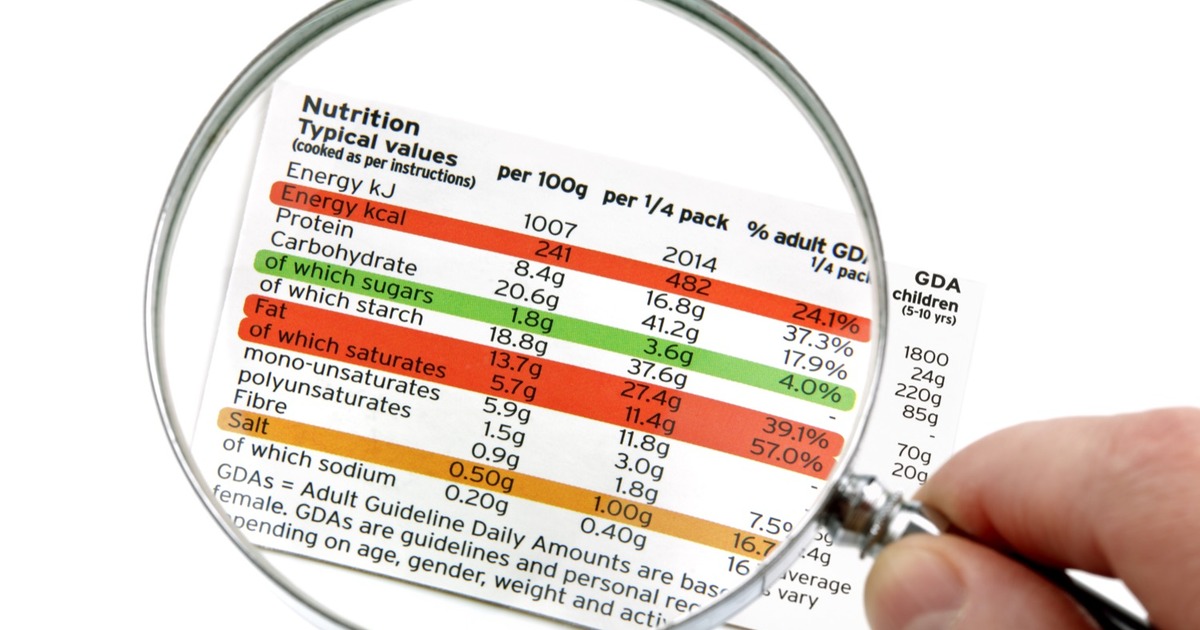
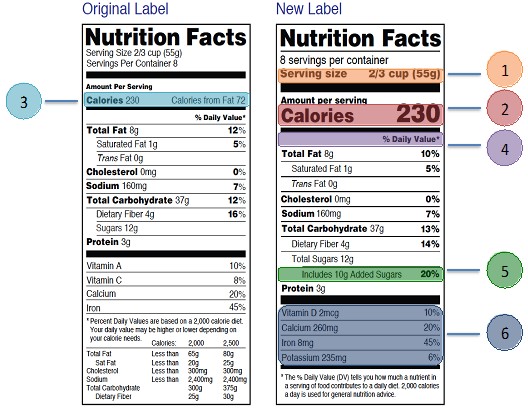




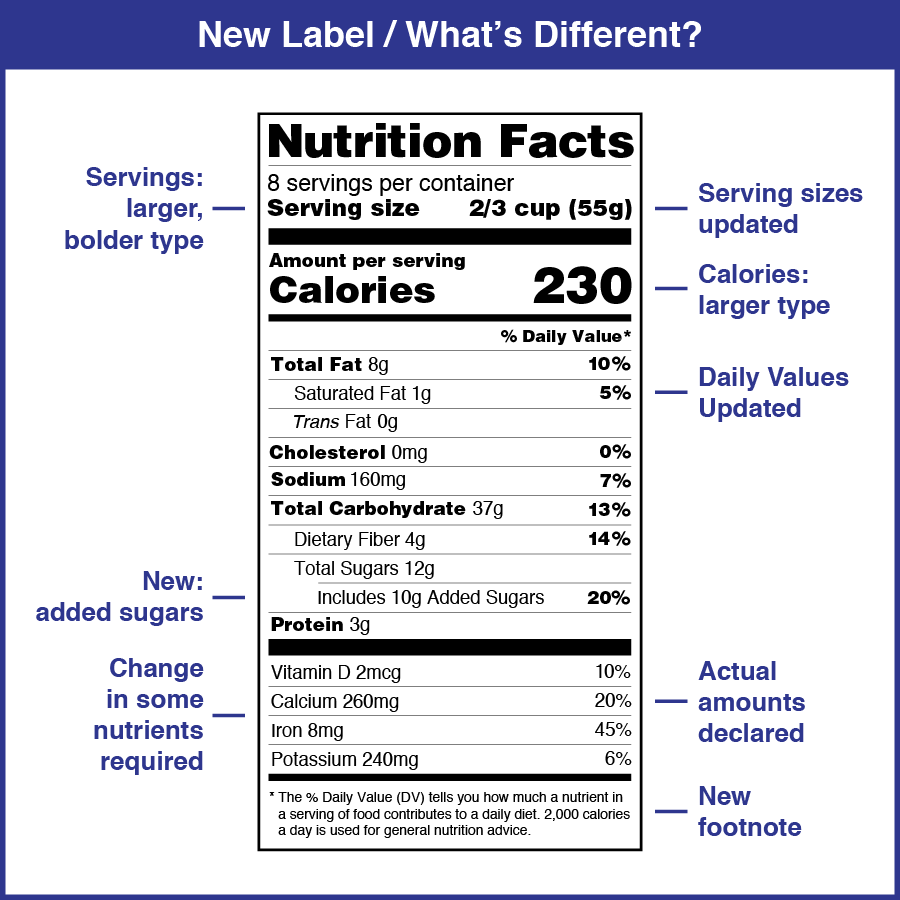
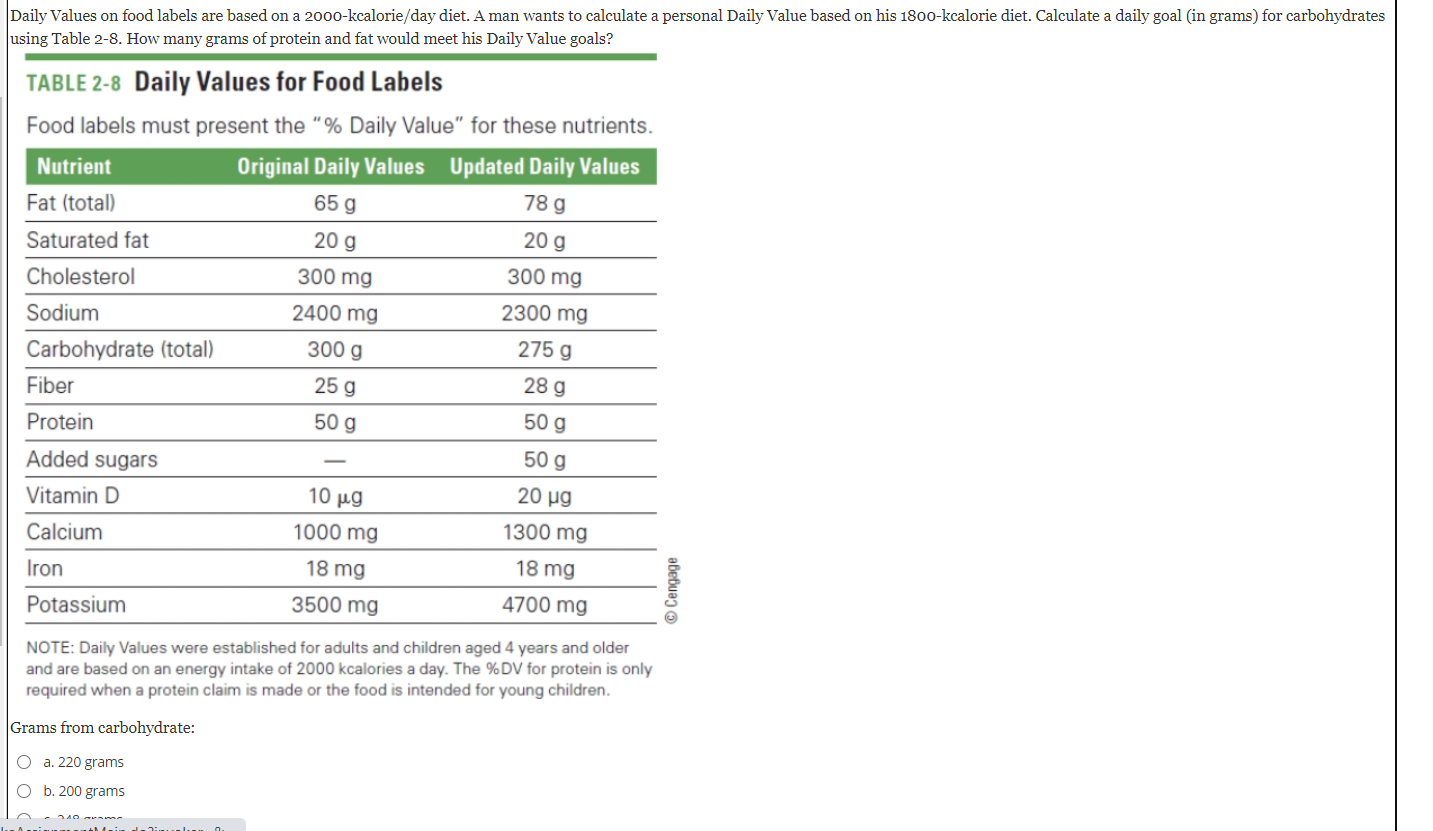

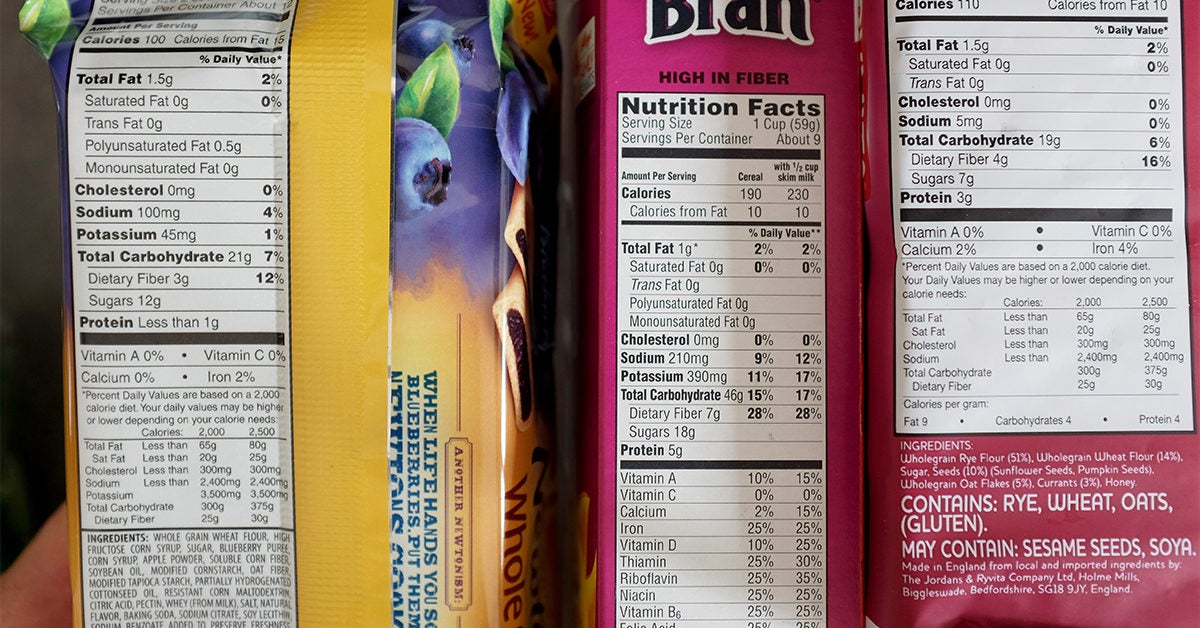

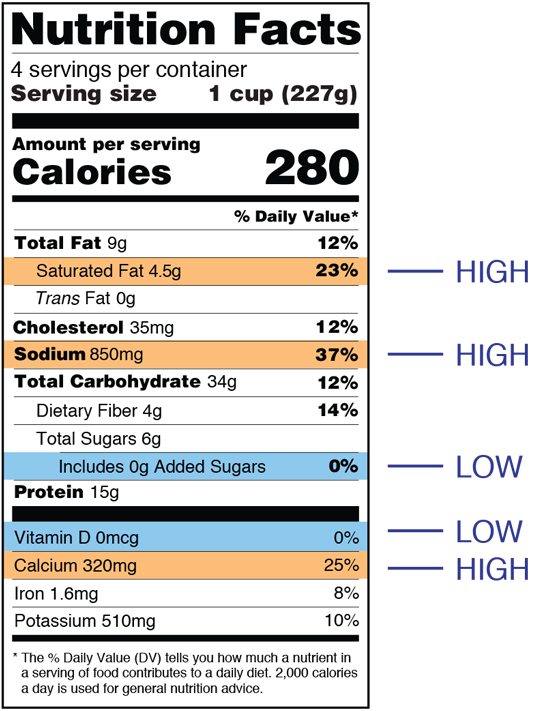








Post a Comment for "38 daily values on food labels"